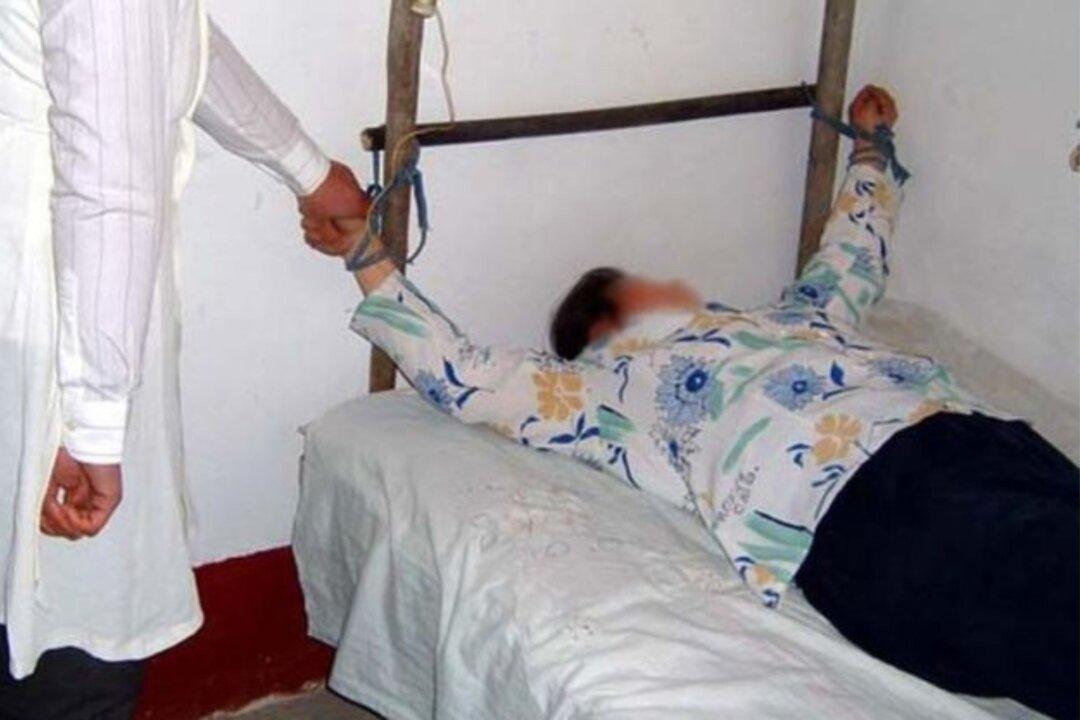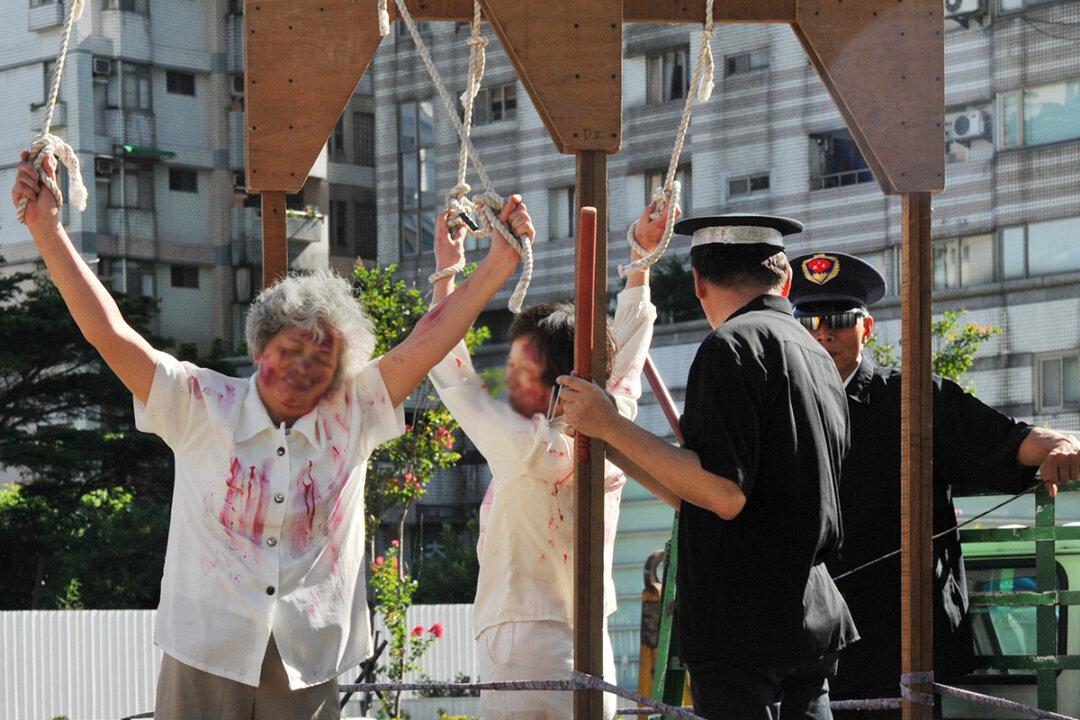With hundreds of millions of images posted on the internet or published in media across the world, have you ever considered if what you’re looking at is something genuine or just another piece of propaganda?
In the era of fake news, there are instances where images are carefully crafted to create a false impression and deceive people. Below are some posters and images that had been used widely by the totalitarian regimes of North Korea and China as propaganda tools to indoctrinate its citizens.




![‘Killing You Would Be the Same as Killing Ants’: Prisons Where Innocent Citizens Are Tortured [PHOTOS]](/_next/image?url=https%3A%2F%2Fimg.theepochtimes.com%2Fassets%2Fuploads%2F2023%2F12%2F09%2Fid5544114-Falun-DaFa-practitioner-1080x720.jpg&w=1200&q=75)